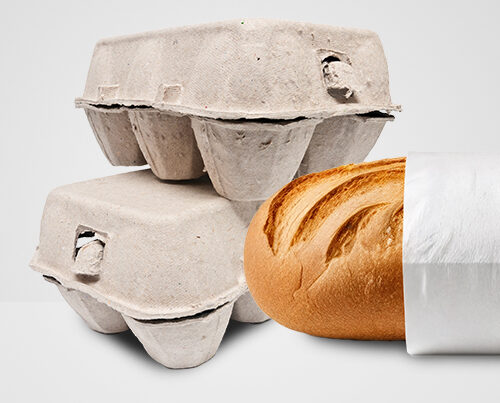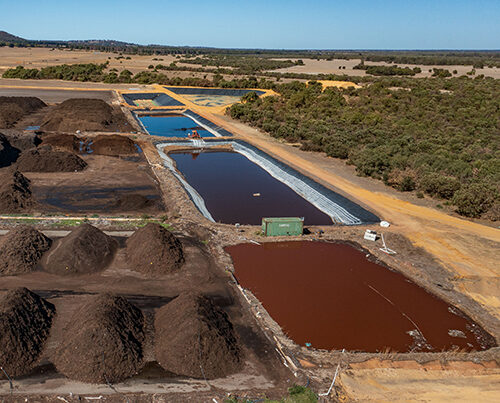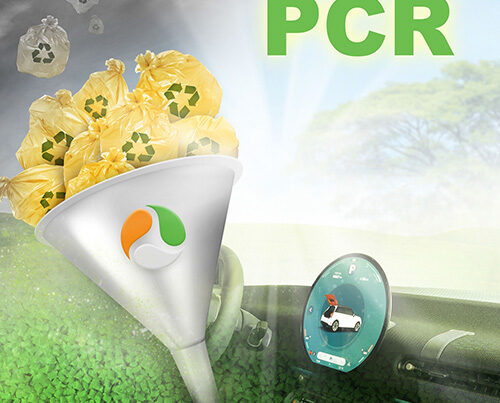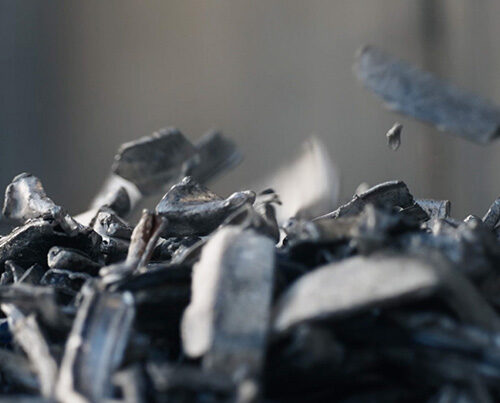For many, Australia is synonymous with kangaroos, endless space and beautiful beaches. This idyllic image, however, has been marred by a series of recent events with the country increasingly having to cope with major floods and fires. The devastating effects of climate change can be felt everywhere. The Intergovernmental Panel on Climate Change (IPCC) predicts that Australia will be hit even more frequently by extreme weather events in the future. Time is running out and the voices calling for effective climate action are getting louder.
Australia is one of the countries with the highest per capita greenhouse gas emissions. Prime Minister Anthony Albanese’s government, which has been in office since May 2022, announced during its election campaign that it intended to fundamentally change Australia’s climate policy. An intention that led to a milestone moment in autumn 2022 when the new Climate Change Act was passed – the first of its kind in the country’s history. The key aims: to reduce Australia’s carbon emissions by 43% by 2030 (compared to 2005) and to reach net zero emissions by 2050. Climate Minister Chris Bowen will be submitting a report every year to document the steps being taken to reach these goals.
If the words of Prime Minister Albanese and Climate Minister Bowen are to be believed, Australia’s economy will undergo a number of changes over the coming years: “For almost a decade now, Australia has been stumbling from one policy measure to the next,” they are quoted as saying. “Our economy (…) has missed out on billions of dollars in public and private investment in clean energy. But things are changing now.”
But what does this transformation actually mean for the Australian economy? The circular economy can play a key role in helping to curb climate change. Few people, though, know about what the waste collection and recycling sector is like in Australia. This article takes a more detailed look at the past, present and future of the country’s circular economy. So let’s go down under!
“Our economy (…) has missed out on billions of dollars in public and private investment in clean energy. But things are changing now.”
Anthony Albanese, Prime Minister, and Chris Bowen, Climate Minister
Status quo
For many years, Australia relied on conventional waste disposal systems, i.e. waste was sent to landfill and all recyclable materials were lost forever. While Germany banned the landfilling of municipal waste back in 2005 when it introduced its ‘TASi’ directive [Technical Directive on the Recycling, Treatment and Disposal of Municipal Waste], Australia continued to stick to this particular form of waste disposal. One reason for this was because it needed a number of years to build up the expertise and equipment required to recycle materials for reuse.
Australia’s population, however, is growing steadily. The National Bureau of Statistics has forecast that the country’s population could grow from the current ca. 26 million to around 36 million in 2046. And it is only logical that more inhabitants will produce more waste. The state of Victoria, for example, has predicted that its volumes of waste will increase by approx. 55% during the same period. If the situation is the same in the other states, then the volumes of waste generated by the whole of the country could reach 90 to 100 million tonnes over the long term.
This will be a development that, in all probability, can only be mastered if these materials are recovered and recycled. Fortunately, the numbers suggest that the country is heading in this direction. While Australia’s recovery rate (including reuse, recycling and energy recovery) lay at 50% in 2006-07, it had increased to 61% in 2016-17 – although the figures do vary from state to state.

From linear to circular
And so the country’s transition from a lin-ear to a circular economy is in full swing. A legal framework is needed, though, if these self-imposed sustainability goals are to be achieved. In 2019, the Government set out its National Waste Policy Action Plan which contained a whole raft of measures and targets that should be reached by 2030.
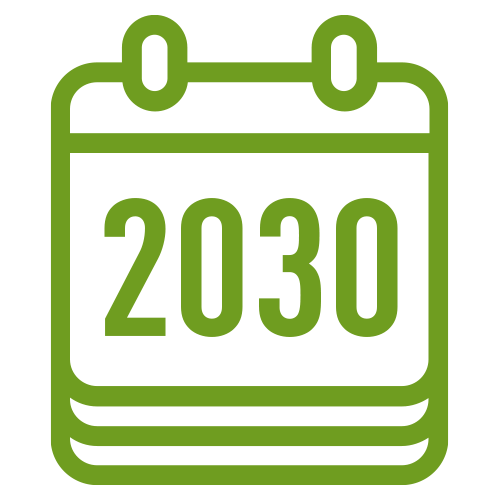
Australia’s goal is to have an average recycling rate of 80% for all waste streams by 2030.
Keeping recyclables in the country
Australia’s goal is to have an average recycling rate of 80% for all waste streams by 2030. This rate currently lies at just over 60%. Those looking to drive forward the circular economy must not only make sure that the necessary infrastructure needed to achieve these targets is in place. They must also ensure that the waste materials remain in the country so they can be recycled.
Which was why the Australian government passed a law in the second half of 2020 banning the export of waste glass, plastics, tyres and paper. This law is being implemented gradually and will not apply to all of these waste streams until 01 July 2024.
Such an export ban is groundbreaking for the Australian circular economy. However, it also assumes that there is a market for the recycled materials. The situation in Germany is similar. The first recycling plants here in Germany, however, are having to close down because of the lack of demand for recyclates from industry. One of the goals of the Australian government’s 2019 National Waste Policy Action Plan is to significantly increase the use of recyclates. This, though, can only be achieved if recycled content mandates are put in place – something that is being discussed in Germany at the moment.
Landfilling is getting more expensive
Landfilling will remain a part of Australia’s waste management infrastructure for the time being. Individual states are, however, beginning to impose landfill levies. These levies are charged on different types of waste and vary according to the weight of the material. The hope here is that this particular instrument will act as an incentive to reduce, reuse and recycle waste. The levies can differ from state to state and are based, for example, on where the waste was generated and which landfill it is to be sent to as well as on what type of waste it actually is.
One particular area that has great potential for Australia is recycling organic waste – from collecting and processing food and garden waste though to generating green energy. New South Wales, for example, has made it mandatory for all organic food and garden waste to be collected from 2030 onwards. The Australian government has also added this to its agenda and aims to halve the amount of organic waste sent to landfill by 2030.
Less waste
In an ideal world, the solution would be to reduce the country’s volumes of waste. One of the goals set out in the Action Plan is for the total waste generated in Australia to be cut by 10% per person by 2030. This will be difficult to achieve, though, if it doesn’t have the backing of the general public. Australian policymakers intend, therefore, to get the private sector on board so that they can work together to educate the population on how to ensure recyclables are recovered and reused. This will be done by providing the general public with comprehensive, up-to-date, economy-wide data so that better consumer, investment and policy decisions can be made.
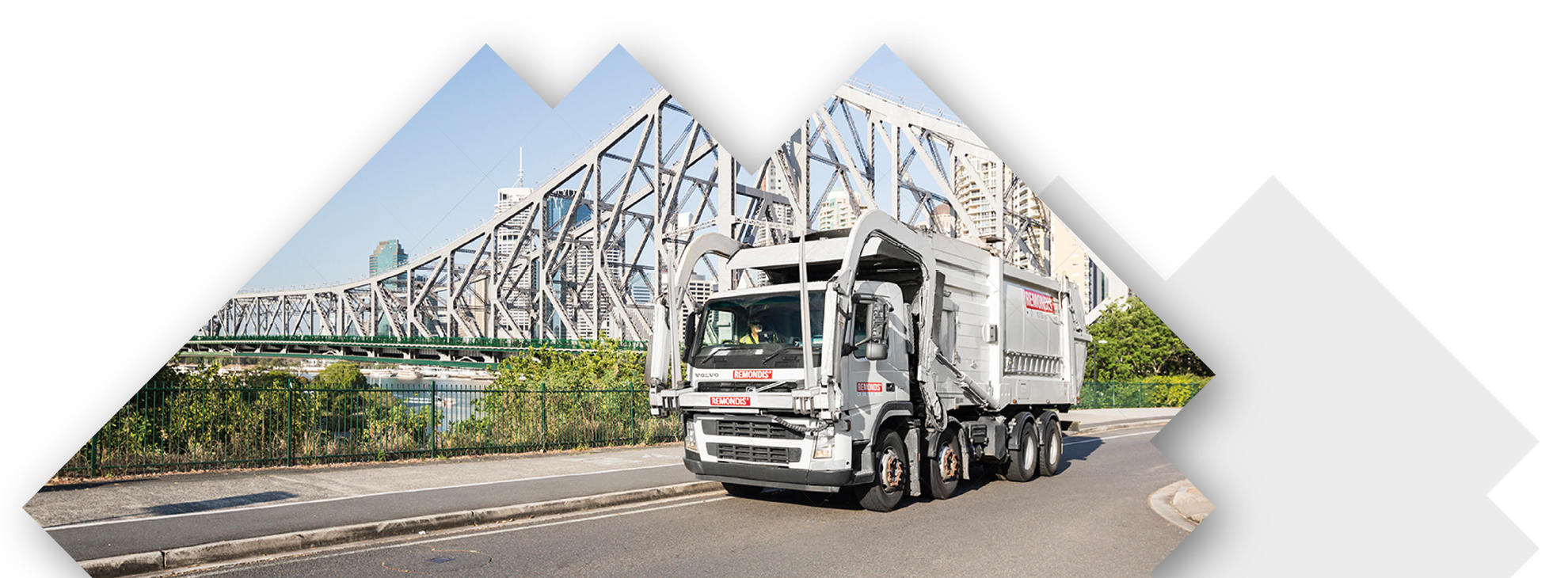
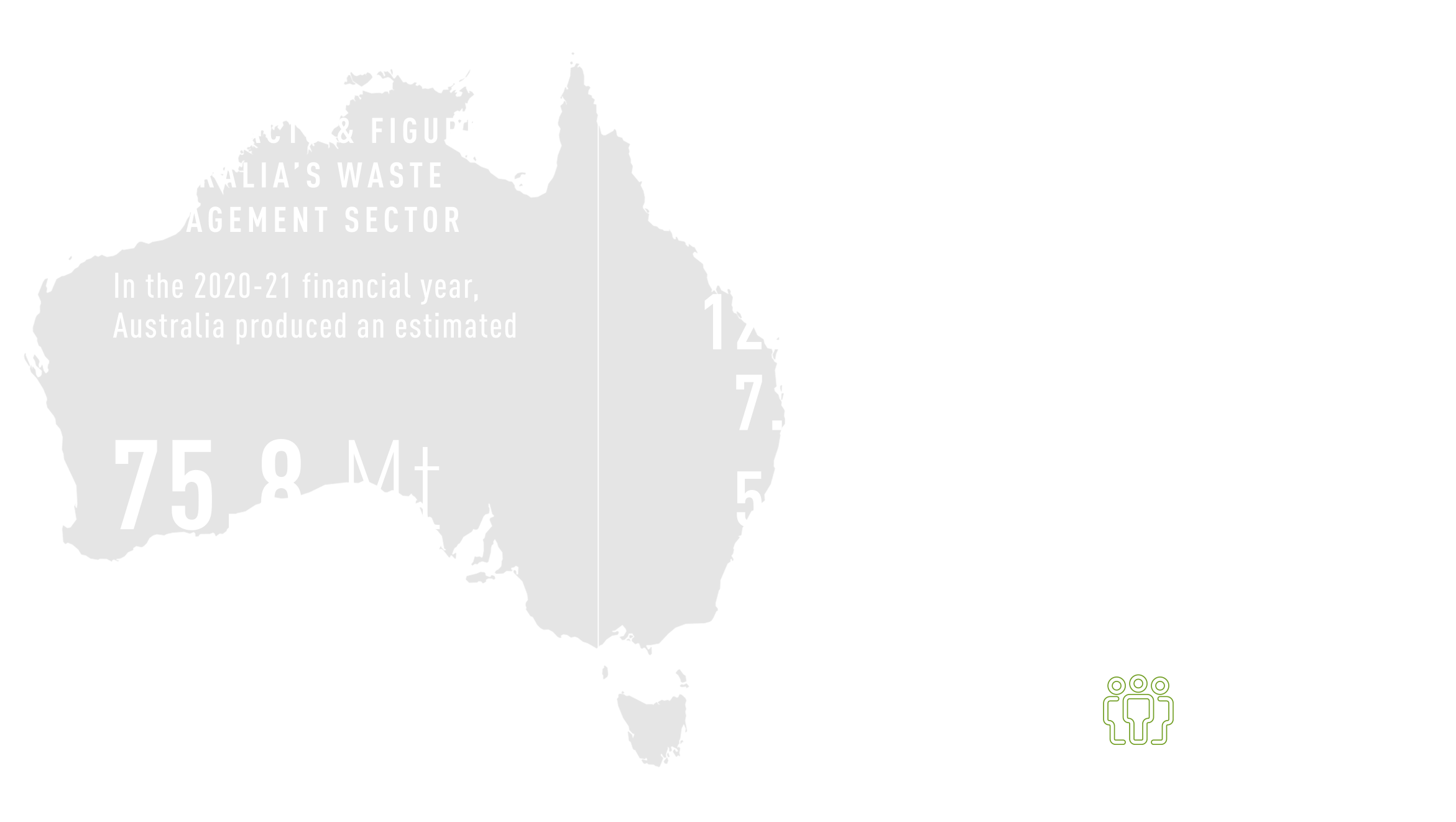
The foundations have been laid
Even though landfilling continues to be part of Australia’s waste management infrastructure and little attention is given to thermal treatment, one thing is very clear: Australia has set itself the long-term goal of setting up a circular economy and promoting recycling. This can also be seen among the general population. People across the country are becoming increasingly interested in the subject and wish to be involved. Not too long ago, the main worry people had was whether their bin was emptied or not. Now they are asking more and more questions: What happens to my waste? How is it recycled? What impact does this have on the environment? This is certainly a good basis for getting people to support the circular economy.
This is also reflected in the Australian government’s new climate policy: it is intending to drive forward this transformation by setting up various public funds and subsidies. The Recycling Modernisation Fund, for example, has been put in place to promote the development of recycling infrastructure. Analogous to the export ban, the Australian Recycling Investment Fund finances projects that use clean energy technologies to recycle plastics, paper, glass and tyres. And the Food Waste for Healthy Soils Fund aims to increase Australia’s organic waste recycling rate from 49% to 80% by 2030. These are just a few examples that show just how determined Australia is to take the plunge and create a genuine circular economy.
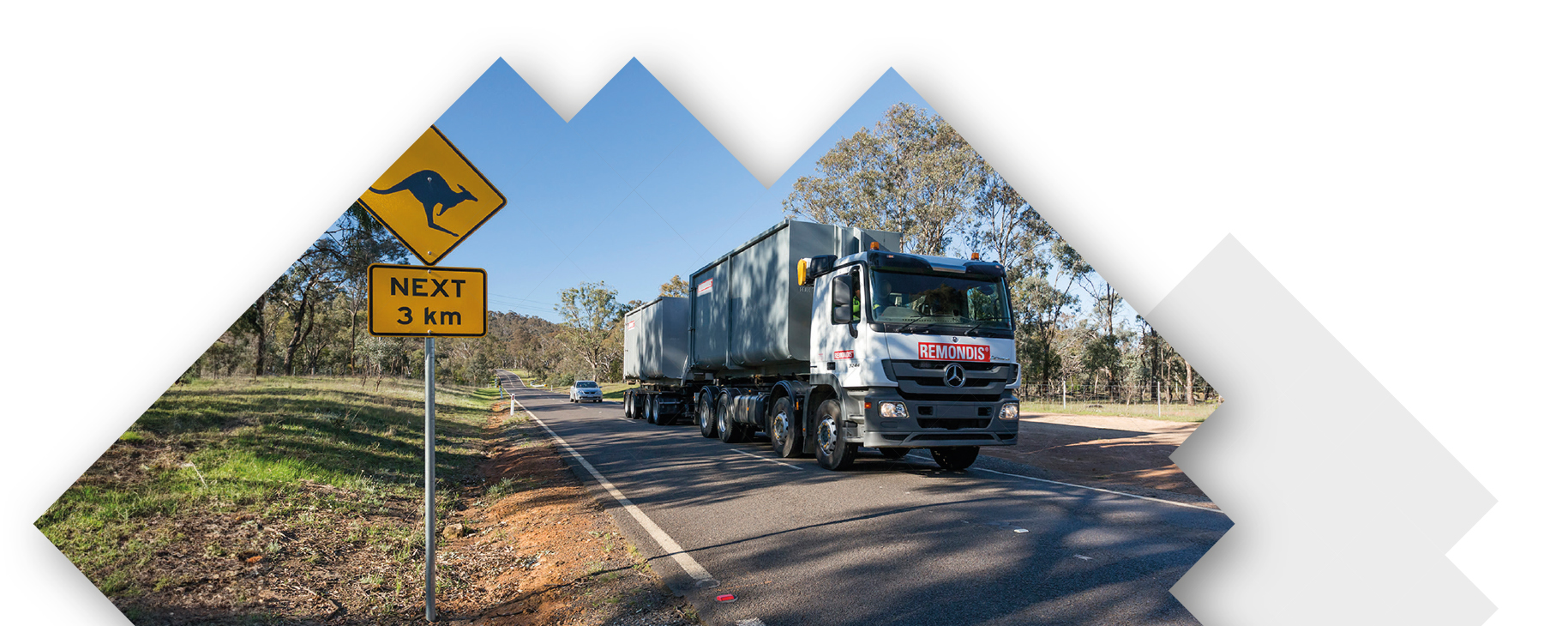
REMONDIS down under
Faced with such a positive backdrop – i.e. the changing expectations of society on the one hand and the legal framework on the other – recycling companies may well consider it to be a very good time to enter Australia’s growing market. REMONDIS took this step a long time ago: this family-run company from Germany gained a foothold down under back in 1982 and has become one of the leading providers of waste management, water and recycling services in Australia over the last 40 years. More than 1,100 employees work on future-oriented solutions at over 35 locations across the country, offering services in the fields of recycling, raw material recovery, water management and wastewater treatment.
REMONDIS Australia’s story began with a contract with Penrith City Council in New South Wales. 35,000 plastic wheelie bins were imported from Germany, new standards were set for local waste logistics and Australian streets were given a new look from then on. Today, more than 24,000 industrial and municipal customers benefit from REMONDIS’ services.
This link to Germany has given the company a decisive advantage. With a history stretching back around 90 years, REMONDIS is still a family-owned business. Many of the technologies that are developed within the group are shared and used as role models in other countries and companies. Innovations had to be found when Germany banned the landfilling of municipal waste almost 20 years ago. The wealth of experience gained from this time can now be used to help the teams in Australia as their market undergoes a similar transformation.
Big market for anaerobic digestion plants
The recycling of organic waste will be playing a key role in Australia’s climate policy. Rather than sending this waste to landfill (where the recyclable materials are lost forever), the country has decided that other routes must be taken in the future. Routes that REMONDIS has already taken: the recycling company was a pioneer when it introduced tunnel composting at its plant in Port Macquarie in 2001. The next step will be anaerobic digestion.
Unlike composting, oxygen is not needed for anaerobic digestion. Bacteria break down organic matter generating biogas and digestate. The biogas is then used to produce energy and the digestate can be spread on farmland. Operating composting and anaerobic digestion plants means that less organic waste ends up in landfills. REMONDIS realised this early on and set up and expanded this particular field of business.
Expansion of thermal recycling
So far, generating energy from waste has played a subordinate role in Australia. There are only two companies across the whole of the nation that have practical experience of operating waste-to-energy plants. REMONDIS is one of them.
There is still a lack of political support for thermal waste treatment. Planning and approval procedures in some states take too long and the results are often sobering. The public also needs to be more involved. Many people tend to be sceptical as they do not understand the benefits of waste incineration. What’s more, the commercial framework is not yet in place to allow waste-to-energy plants to be run cost effectively. This may change, though, with the escalation of landfill levies.
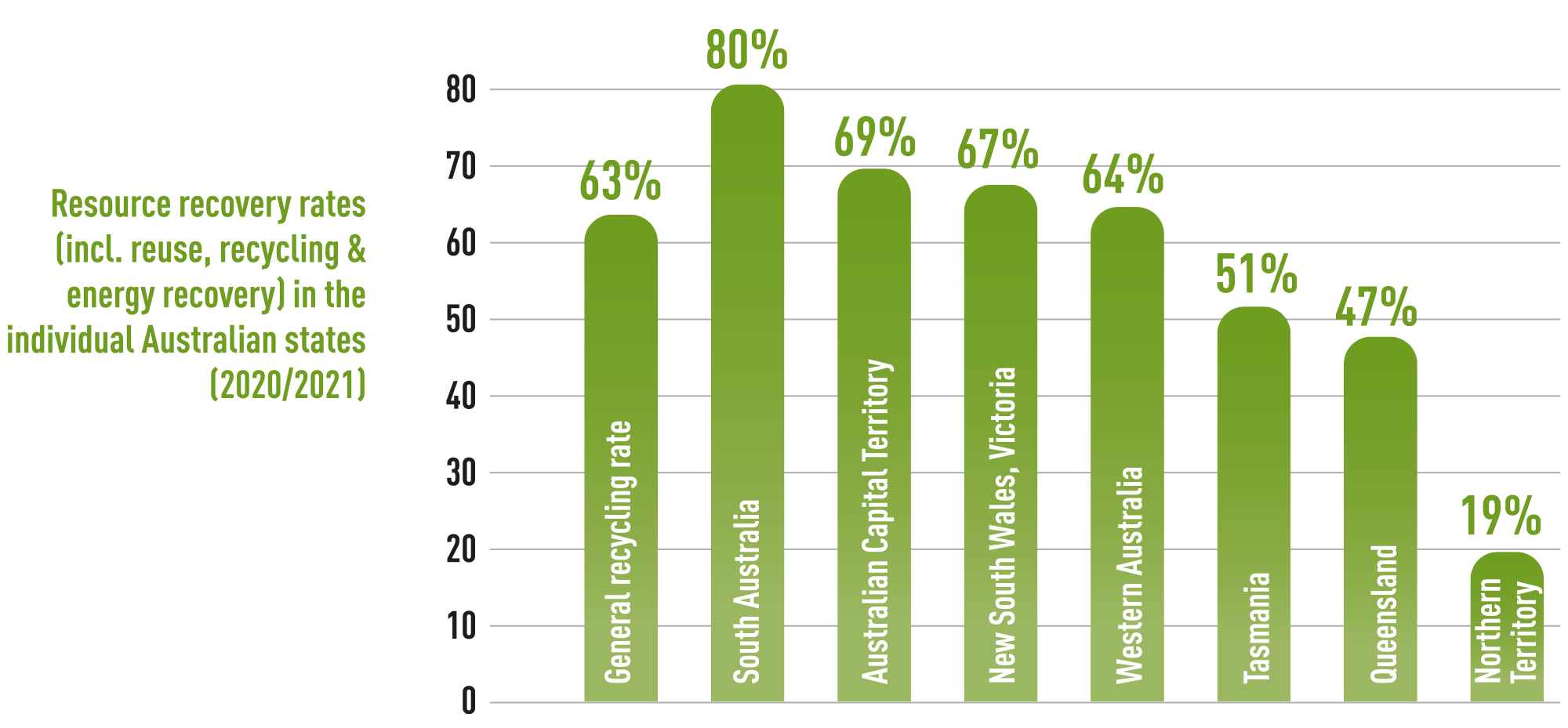
Making producers accountable
Another important lever will be product responsibility. This means that producers are responsible for the entire life cycle of their products – both before and after their products are discarded as waste. REMONDIS is also helping to promote this in Australia and is playing a leading role in product responsibility programmes such as Paintback and Big Bag Recovery as well as in container deposit systems such as the multi-award-winning Containers for Change programme in Western Australia.
As a Paintback partner, REMONDIS has been contracted to collect, process and transfer water-based and oil-based paint tins and residues in Queensland, the Northern Territory and Victoria since 2020. The in-house digital team developed a mobile application to track paint collections from pick-up to processing, to identify contaminants at the source. The app is an award-winning example of innovative digitalization in product stewardship in Australia.
Moreover, it will continue to be important to push ahead with “Design for Recycling”. Too many products continue to be designed without any thought being put into how the product or packaging can be recycled. Manufacturers must be made responsible here so that they design sustainable and recyclable products. REMONDIS is already working hard to establish eco-design principles in Europe. These can also be transferred to Australia.
Removing stumbling blocks
For a long time, taking action to mitigate climate change was treated as a secondary issue in Australia. As the country found itself facing more and more extreme weather events, however, it became clear that things could not go on like this. Never before has it been such an exciting time for the recycling industry to serve the growing market in Australia. A suitable legislative framework and smart policy decisions will be needed, though, to enable industry players to grow their activities in the best possible way.
Speed will be of the essence: it takes much longer to get ‘new’ technologies approved in Australia – even if they have already been tried and tested in Europe. Decisions need to be made more quickly and they need to be better coordinated. This transition can only succeed if the country, the general public and the various sectors pull together and pursue the same goal: to drive forward Australia’s decarbonisation process as quickly as possible!
Image credits: image 1: Adobe Stock: lhboucault; image 2: Adobe Stock: cn0ra; images 3, 4: © REMONDIS







